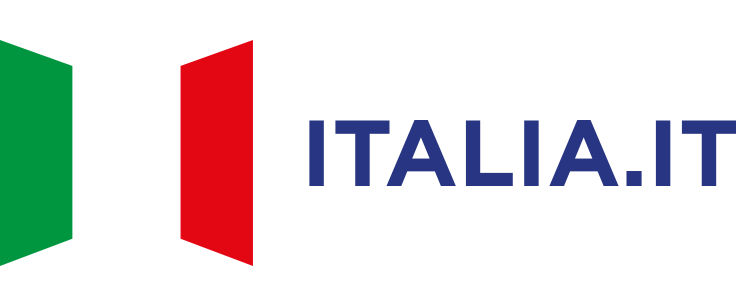Famous for its art, monuments and statues, Italy is full of extraordinary treasures. From the Colosseum to the Tower of Pisa, there are many works to admire. Stroll through the cities, visit the museums and be captivated by imposing statues, historic buildings, fountains and many other masterpieces of Italian architecture.
This content was automatically translated. View the original text.




